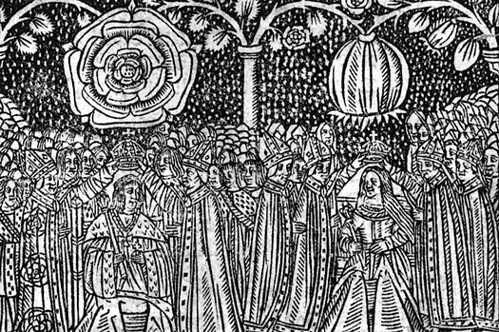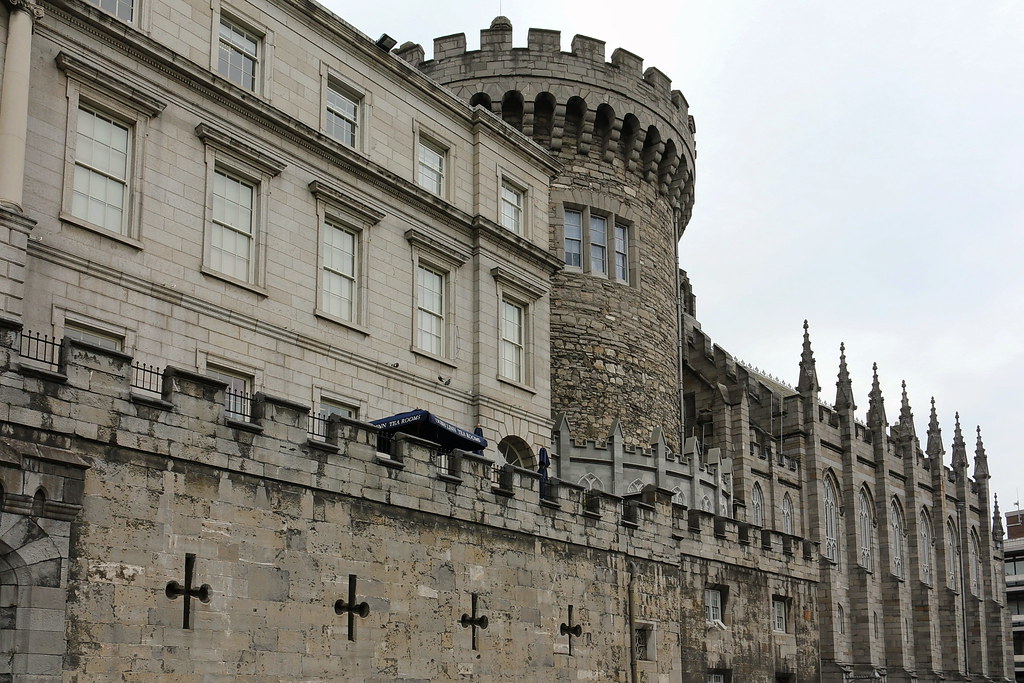Listen up let me tell you a story, a story that you think you’ve heard before…

One of the things that is most fascinating to me in history is all of the things that we just plain don’t know – but sometimes – we think we know. History is, of course, a bit of detective work, a bit of scientific information gathering and positing theses, and a lot bit of writing delicious prose that may have been left in the oven too long and comes out dry enough to gag you like my mom’s Thanksgiving turkey.
Now, I work in the early modern period, which is generally understood to have started after the end of the medieval period but ends before the really modern modern period. Got that? Not confusing at all, right? Periodization (or the naming and grouping of ‘periods’ together into larger chunks of time) is so fun to me – but in all seriousness, the early modern period looks differently when you’re talking about different places. In England, where we will focus on for this post, the early modern period roughly/exactly starts when Henry VII usurped the throne of Richard III (also known as ‘the Usurper’). So, 1485, at the beginning of the Tudor dynasty’s spin at running England. The modern period typically is understood to begin at the French Revolution as a blanket date, so the early modern period is roughly 1485-1789.
That’s a lot of time to work with. And it happened, well, several centuries ago, and I can’t find the receipt I got from Whole Foods last week, so it’s understandable that letters, documents, diaries, etc go missing from even further back.
Sometimes, historians are lucky enough to actually find documents that have survived in homes, archives, etc, to work with. Like this:
This is taken from inventories of Queen Elizabeth I (1533-1603)’s household at her funeral and is part of a collected set of documents which describe the materials and costs of those materials needed for her funeral. Having a list of all the people in her household, what jobs they did, and what rank they held was important so that they got the appropriate amount of black cloth to make into clothing for the funeral (as well as any other pensions due to them). So if you’re interested at all in the people who worked Elizabeth’s household on the day to day basis – it’s in here (at least those who were in her employ at her death). This is a pretty fantastic document to have survived four hundred years!
There are other documents which, while the original hasn’t survived, copies of them have. These copies, while they are super helpful still to historians, are more difficult to work with than the originals. Copies, in the early modern period, were all made by hand or by printing and errors could easily creep in during the copying process. So even if we have one copy, it may not tell the whole story and it’s important to find other copies and compare them to one another to see if there are differences and if there are, what are they?
So the point of this post is to look at one letter in particular – Katherine of Aragon’s ‘last’ letter. Supposedly written at the very end of her life to her husband, Henry VIII, it is very much in character for what we know of and believe to be true about Katherine’s attitudes and language usage.
This is believed to be the text of this letter – which you can’t find in an archive, as reported in Giles Tremlett’s fantastic biography of the queen:
My Lord and dear husband,
The hour of my death now approaching, I cannot choose but, out of the love I bear you, to advise you of your soul’s health, which you ought to prefer before all considerations of the world or flesh whatsoever. For which yet you have cast me into many calamities, and yourself into many troubles. But I forgive you all, and pray God to do so likewise. For the rest, I commend unto you Mary, our daughter, beseeching you to be a good father to her. I must entreat you also to look after my maids, and give them in marriage, which is not much, they being but three, and to all my other servants, a year’s pay besides their due, lest otherwise they should be unprovided for until they find new employment. Lastly, I want only one true thing, to make this vow: that, in this life, mine eyes desire you alone. May God protect you.
Tremlett, Giles, Catherine of Aragon: The Spanish Queen of Henry VIII (New York: Walker & Company, 2010), 364.
Tremlett takes this last letter with a healthy dose of skepticism. While it is very much in character for what we as modern readers would expect from Katherine on her deathbed (supposedly she signed it as “Katharyne the Quene”), there aren’t any other corroborating pieces of evidence which make it undeniable that this is the letter she wrote. There’s no mention of it in diplomatic missives – Eustace Chapuys, who was the ambassador from the Holy Roman Empire and Katherine’s nephew Charles V, never mentioned it when writing to his lord. He did write, however, of a request that Katherine made of Henry to take care of her servants after her death (it cannot really be termed a will as at the time English law forbade women from writing wills if their husbands were living – as technically everything the wife owned belonged to the husband).
Knowing that according to English law a wife can make no will while her husband survives, she would not break the said laws, but by way of request caused her physician to write a little bill, which she commanded to be sent to me immediately, and which was signed by her hand, directing some little reward to be made to certain servants who had remained with her.
Eustace Chapuys to Charles V, 21 January 1536.
This is kind of a baller move by Katherine. It shows, one last time, that she never stopped treating herself as Henry’s wife. If she had proclaimed a last will and testament, she would have acknowledged that they were no longer wed, under English law. To her last, she fought to retain her status as queen of England.
Still, though, Chapuys does not mention anything about a last letter to Henry. Chapuys was one of Katherine’s staunchest allies – who fought to protect her rights as queen and her daughter Mary’s status as princess. It would make sense for her to trust Chapuys with the knowledge of such a letter – but there is no mention.
Other scholars take it at face value that such a letter existed – Patrick Williams is one. In his new biography of Katherine, which is exceptionally detailed when it comes to the political intricacies and machinations of the time, Williams writes of Katherine’s last letter as a matter of course – no interrogation of its veracity. His version is different from the one that appears in Tremlett’s biography and I’ve quoted it below:
My Lord and dear husband,
I commend myself to you. The hour of my death draws near, and my condition is such that, because of the tender love that I owe to you, and in only a few words, I put you in remembrance of the heath and safeguard of your soul, which you ought to prefer before all worldly matters and before the care and tendering of your own body, for the which you have cast me into many miseries and yourself into many anxieties.
For my part I do pardon you all, yes I do wish and devoutly pray to God that He will also pardon you.
For the rest, I commend unto you Mary, our daughter, beseeching you to be a good father to her, as I heretofore desired. I entreat you also, on behalf of my maids, to give them marriage-portions, which is not much, since there are only three of them. For all my other servants, I ask for one year’s pay more than their due, lest they should be unprovided for.
Lastly, do I vow, that mine eyes desire you above all things.
Williams, Patrick. Katharine of Aragon: The Tragic Story of Henry VIII’s First Unfortunate Wife (Stroud: Amberley Publishing, 2013), 374.
So while they largely say the same things, they do so in completely different tones. One of the jobs of an early modern wife was to guide her husband to godly behavior and choices – which ‘Katherine’ does here in her letters. Tremlett’s letter seems more of the devoted wife- ‘because of the love I bear you’ rather than Williams’- ‘because of the tender love I owe to you‘ which sounds more like an obligation rather than her choice. Although, honestly, I can’t really blame her for treating the performance of love as an obligation to Henry at this point.
Tremlett doesn’t say where he got this particular copy of the letter – but it has been circulating and taken as fact for generations. Williams, though, cites another Amberley publication, that by Margaret Sanders (who Williams names “Saunders” in his bibliography). Now I’ve not gotten ahold of her book yet, Intimate Letters of England’s Queens, but it is on the way, and I will write an update when I have it. I hope that she includes her archives for the letters she edited in her collection which will help bring light to this (or make it even more confusing).
As a historian, I have a hard time saying that these letters are totally fake. I can’t, for absolute certain, say that they are fictitious, but the most important question to me is not whether they are fake or real (which, let’s be real here – is super important) but why they exist at all. Let’s say that they are fake – what story is being told by them? How are Katherine and Henry represented by the story told by these letters? Who benefits from presenting the historical figures in this particular way?
That, my friends, is the subject of another blog post.
Stay tuned! Same bat time, same bat channel. Oh, and Carthage must be destroyed.




